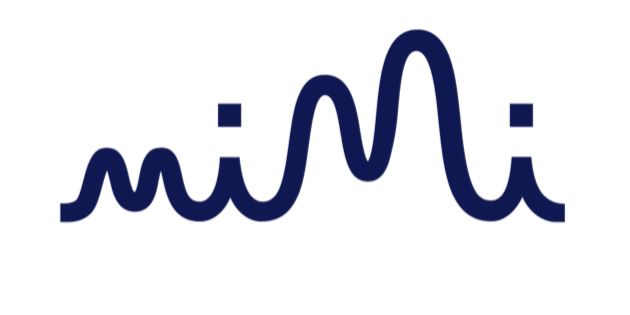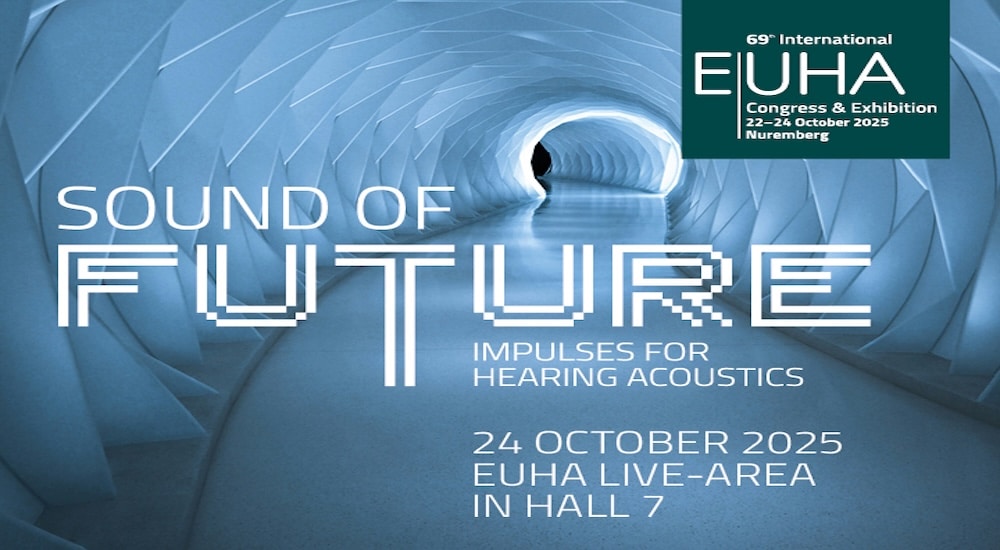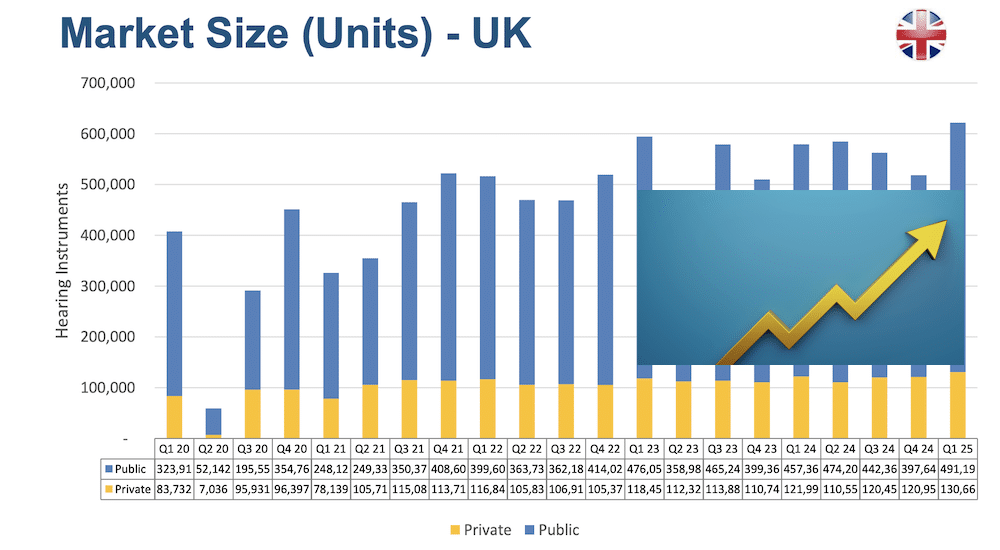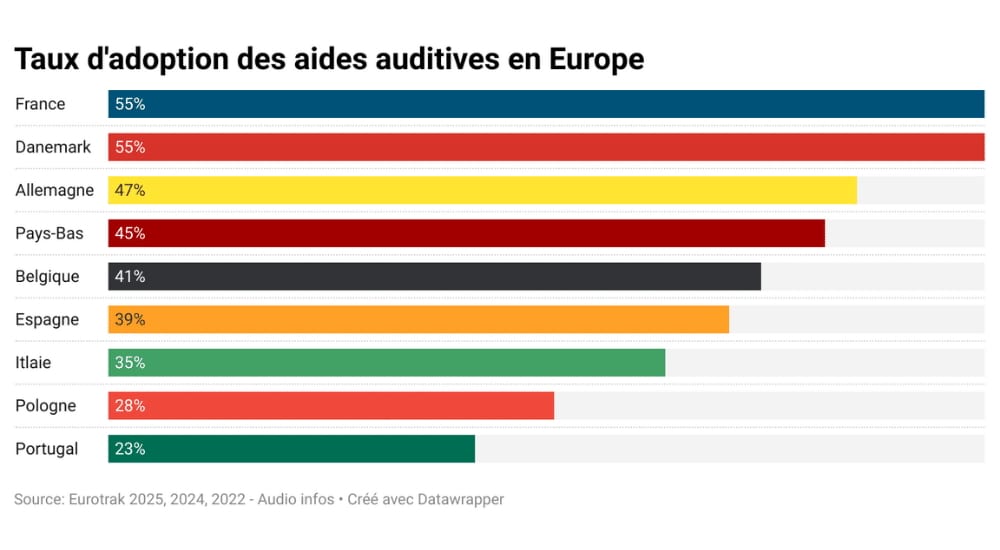Berlin's Mimi raises €22.1m to bridge gap between hearing and audio
Disruptive tech
Mimi Hearing Technologies, a Berlin-based start up partnered with brands such as Skullcandy, Beyerdynamic, and smartphone manufacturer Shenzhen Rillya, has secured €22.1m capital to fund its mission to "overcome the barriers to better hearing".

Mimi is coming from the audio platform, specialising in audio personalisation, but offering technology on a B2B basis that includes “electronic device manufacturers, streaming providers and hearing aid companies”. In order to provide listeners with the most personalised sound experience, Mimi uses tech that adapts the audio signal to a user’s hearing ability and tries to compensate for less than perfect hearing.
This involves llistening at reduced volume levels by overcoming masking and ensuring there is no loss of detail even at lower volumes, while improving speech clarity and intelligibilty. These are elements that hearing aids incorporate, but Mimi's planned expansion in product offerings—for which it has found second-round (B series) private funding, much through investment management company MIG Capital—initially targets existing categories such as headphones and TV displays. But the finance also means being able to bring its tech to smartphones.
Investor with hearing industry past
Joining the funding round is investment firm Salvia, whose founder and managing partner, Helmut Jeggle, knows the hearing aid business. “As a former board member of Sivantos (ex Siemens Audiology Solutions), I gained appreciation for the huge need in the audiology space and thus the demand for innovative products,” said Jeggle,
From MIG Capital, partner Boris Bernstein said "We are excited to support Mimi in achieving its ambition to build a disruptive hearing health platform, particularly given their track record of attracting great customers for their software business in multiple categories.”
“Mimi’s unique and protected IP not only personalises sound sensation but also makes a major contribution to understanding and protecting hearing,” continued Bernstein.
Source: Mimi


